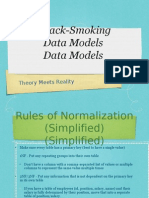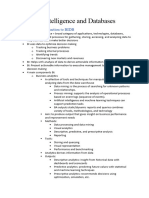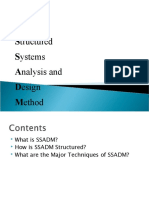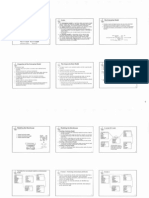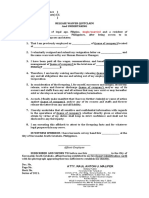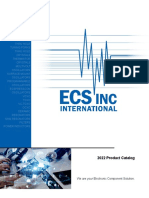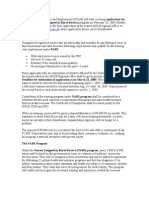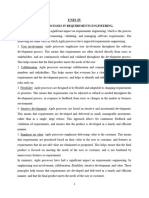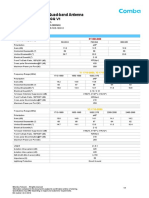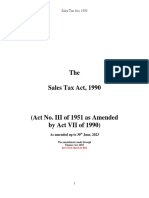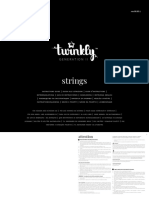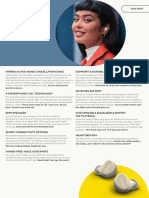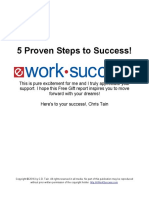0% found this document useful (0 votes)
5 views4 pagesSummary Data Modeling
The document outlines a comprehensive guide for addressing data modeling problems through a structured question flow. It emphasizes understanding business context, identifying core entities, defining relationships, and selecting an appropriate modeling style before proceeding with normalization and other considerations. This repeatable and scalable approach is applicable across various domains and project types.
Uploaded by
alex.soufi59Copyright
© © All Rights Reserved
We take content rights seriously. If you suspect this is your content, claim it here.
Available Formats
Download as DOCX, PDF, TXT or read online on Scribd
0% found this document useful (0 votes)
5 views4 pagesSummary Data Modeling
The document outlines a comprehensive guide for addressing data modeling problems through a structured question flow. It emphasizes understanding business context, identifying core entities, defining relationships, and selecting an appropriate modeling style before proceeding with normalization and other considerations. This repeatable and scalable approach is applicable across various domains and project types.
Uploaded by
alex.soufi59Copyright
© © All Rights Reserved
We take content rights seriously. If you suspect this is your content, claim it here.
Available Formats
Download as DOCX, PDF, TXT or read online on Scribd
/ 4










